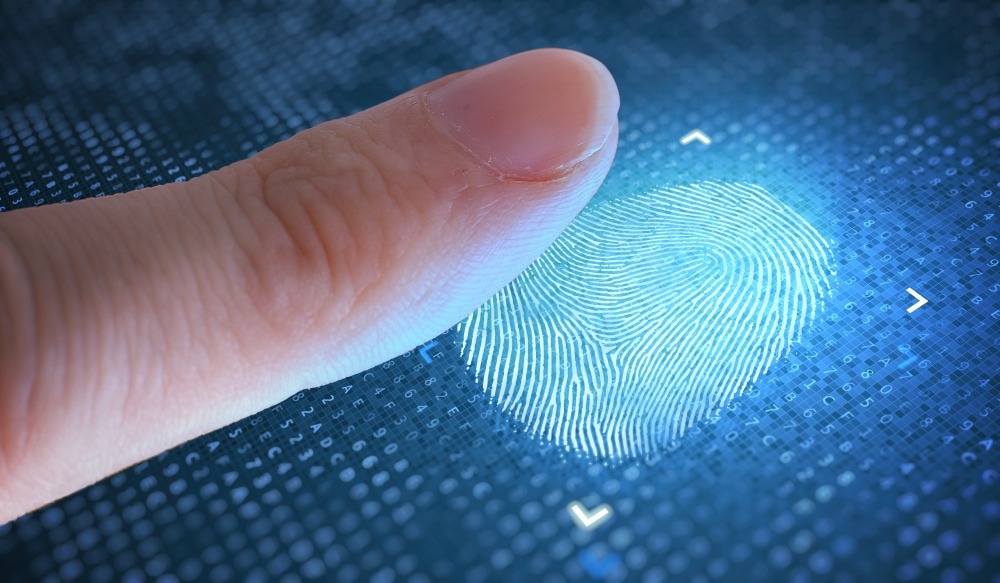Latent Fingerprint Recognition
In-Sensor Reservoir Computing System for Beter Latent Fingerprint Recognition
Deep ultraviolet (DUV) photodetectors have a crucial role to play in environmental monitoring, deep space exploration, and bio-information identification. The traditional ex-situ DUV fingerprint recognition platforms use a separate sensor, processor, and memory, which considerably raises the latency in decision-making and, therefore, the total computing power.
The research team, inspired by the human visual perception system, built a DUV in-sensor RC system comprising optical synapses as the input layer of the reservoir and the memristor device array as the readout network, which can perceive and process in parallel to guarantee high efficacy and minimal power consumption.
The researchers employed the Ga-rich component design and developed amorphous GaOx (a-GaOx) photo-synapses with improved persistent photoconductivity (PPC) effects. A non-linear mapping relationship for the DUV in-sensor RC platform was built by entering 4-bit equivalent light pulses for simulation so that the image pixel sequence data could be tested for feature values.

.jpg)
Comments
Post a Comment